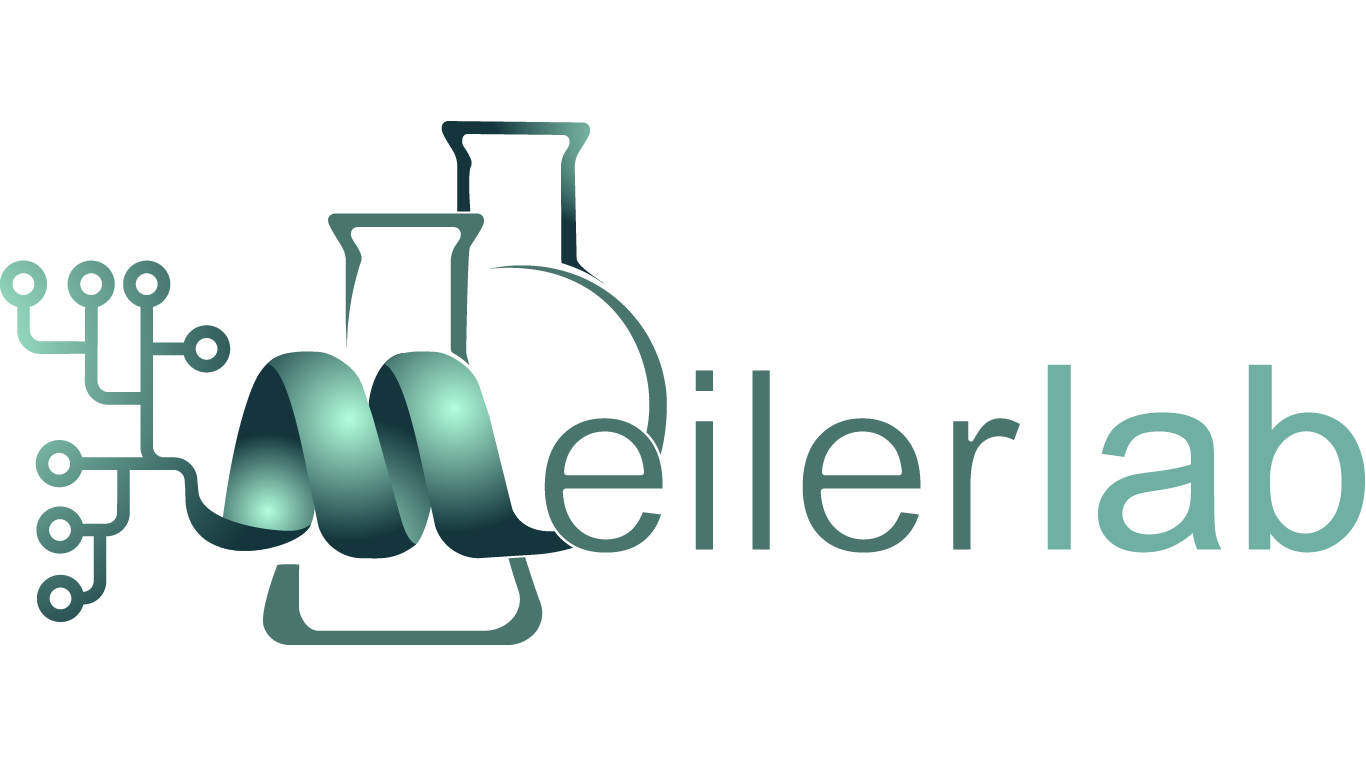Antibodies have become an increasingly relevant class of pharmaceutical modality in recent years owing to their quick development time [1]. In 2018 seven out of the top 10 performing drugs were monoclonal antibodies or antibody conjugated drugs [2]. This ease of development is owed largely to the flexibility of the antibody sequence space to produce diverse interactions which may be tuned to increase potency or to avoid off target responses. Highly specific antibodies can be engineered and optimized using silico approaches. Design objectives may vary from de novo design of a novel sequence, in which no known antibody is used as a starting point, or may aim to improve upon an existing antibody by improving its breadth (ability to bind an evolutionarily diverse set of viruses), its binding affinity to a known antigen, to optimize an antibody to preferentially bind a subtype of an antigen that did not initially elicit it.
Several tools have been developed within the Rosetta Community, including RosettaAntibodyDesign (RAbD) [3], Single state design using the PackRotamersMover built into the initial release of RosettaScripts [4], or using recon [5] to perform multistate design. In addition, sequence design may be performed using deep mutational scanning or next generation sequencing data to inform sampling in design algorithms. In recent years internal tools aimed at determining whether an antibody will express well have also been integrated into design pipelines in order to ensure that designs can be manufactured at scale.
The coronavirus SARS-CoV-2 pandemic demonstrated rapid isolation and development of antibodies and offered conclusive evidence that design efforts focused upon increasing potency, manufacturability, or breadth of binding of antibodies has real world applicability and potential to contribute to global health. Current research efforts center around the creation of a broadly neutralizing Flu vaccine containing high specificity antibodies targeting multiple epitopes, modeling escape mutations to determine the ability of a antibody cocktail to address a diverse viral population, manufacturing liability prediction to down select candidates or select candidates for redesign. These efforts combine into an overarching ambition of creating a pipeline of tools which allow the pharmaceutical industry to rapidly develop life saving therapeutics.
REFERENCES:
[1] Kelley, B. (2020). Developing therapeutic monoclonal antibodies at pandemic pace. Nature Biotechnology, 38(5), 540–545
[2] Urquhart L. Top drugs and companies by sales in 2018. Nat Rev Drug Discov. 2019 Mar 12
[3] Adolf-Bryfogle, J., Kalyuzhniy, O., Kubitz, M., Weitzner, B. D., Hu, X., Adachi, Y., Schief, W. R., & Dunbrack, R. L. (2018). RosettaAntibodyDesign (RAbD): A general framework for computational antibody design. In PLoS Computational Biology (Vol. 14, Issue 4)
[4] Fleishman SJ, Leaver-Fay A, Corn JE, et al. RosettaScripts: a scripting language interface to the Rosetta macromolecular modeling suite. PLoS One. 2011;6(6):e20161
[5] Sevy, A. M., Jacobs, T. M., Crowe, J. E., & Meiler, J. (2015). Design of Protein Multi-specificity Using an Independent Sequence Search Reduces the Barrier to Low Energy Sequences. PLoS Computational Biology, 11(7), 1–23
